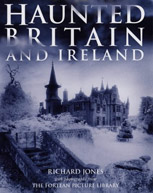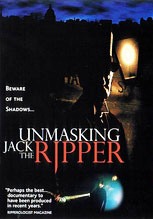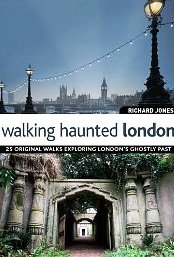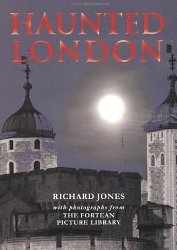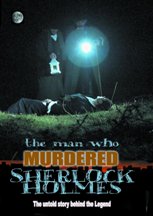A FAMILY OF HEROES AND GHOSTS
Lydiard House, Lydiard Tregoze, Swindon. Wiltshire

Lydiard House
In 1420 Oliver St John acquired Lydiard House and successive generations of his family would rebuild and remodel it until, in 1937, the by then dilapidated, house and grounds were purchased by Swindon Corporation.
In addition to the usual fixtures and fittings the council also acquired the spirits of several members of the St John family whose home this was for over five hundred years.
Predominant amongst these is the ghost of Sir John St John (1585 – 1648), a man whose life was beset by tragedy.
During the English Civil War, Sir John supported the Royalist cause and three of his sons were killed in the conflict.
He is buried in the local church of St Mary’s, which nestles behind the house, and inside which he erected some of the finest family monuments in England.

The Golden Cavalier
Lydiard House
One of the finest is the monument to his son, Edward, who was killed at the second Battle of Newbury in 1645. This stunning monument is often referred to as "The Golden Cavalier," on account of its being a full size gilded effigy of Edward, shown emerging from his campaign tent.
He is dressed in Cavalry armour and holds a shield that bears the family coat of arms.
The church is haunted by several ghosts, although whether they are members of the St. John family is difficult to ascertain, since nobody knows for certain whose ghosts they are.
The most chilling of these is the apparition of a grey, hooded figure from which, witnesses say, a feeling of utter malevolence emanates.
The sound of an invisible, sobbing woman has been known to chill the blood visitors, whilst solemn organ music has been heard echoing from inside the church at times when it is known to be empty.
Meanwhile, Sir John St. John’s ghost is a frequent visitor to Lydiard House, where he favours the Morning Room and the adjoining Library, in which he has been seen leaning against the fireplace.
His appearances are often preceded by an alarming drop in temperature, which is followed by the strong aroma of sweet tobacco that fills the room. He has a melancholic air about him and witnesses often comment that he appears as a very solid figure who, were it not for his 17th century dress, could easily be mistaken for a living person.
Following Sir John’s death his estate passed to his youngest son, Walter who, despite having supported the Parliamentarians in the Civil War, was able ingratiate himself with King Charles 11 when the monarchy was restored in 1660.
In 1743 the house was rebuilt and the surroundings were re-landscaped to create the stunning grounds that visitors still admire today.
It is in these grounds that Lydiard’s other ghosts are known to wander.
The apparition of Sir John St. John has been seen strolling around them, and the apparition of a little drummer boy, who date from the days of the Civil War when Royalist soldiers are said to have been garrisoned in the park, has also been seen tapping on his drum, although no beat is ever heard.
A white lady has been seen drifting around the grounds, whilst a phantom coach and horses is said to appear on the avenue that leads up to the house.
In its heyday Lydiard House ranked as one of the Wiltshire’s loveliest stately homes and today, thanks to the dedicated efforts of Swindon Borough Council it has been restored to its former glory and provides visitors with an insight how the other half lived in days gone by and that, coupled with the chance of meeting with the ghosts of former residents, makes for a richly rewarding visit to the splendid Lydiard House.

